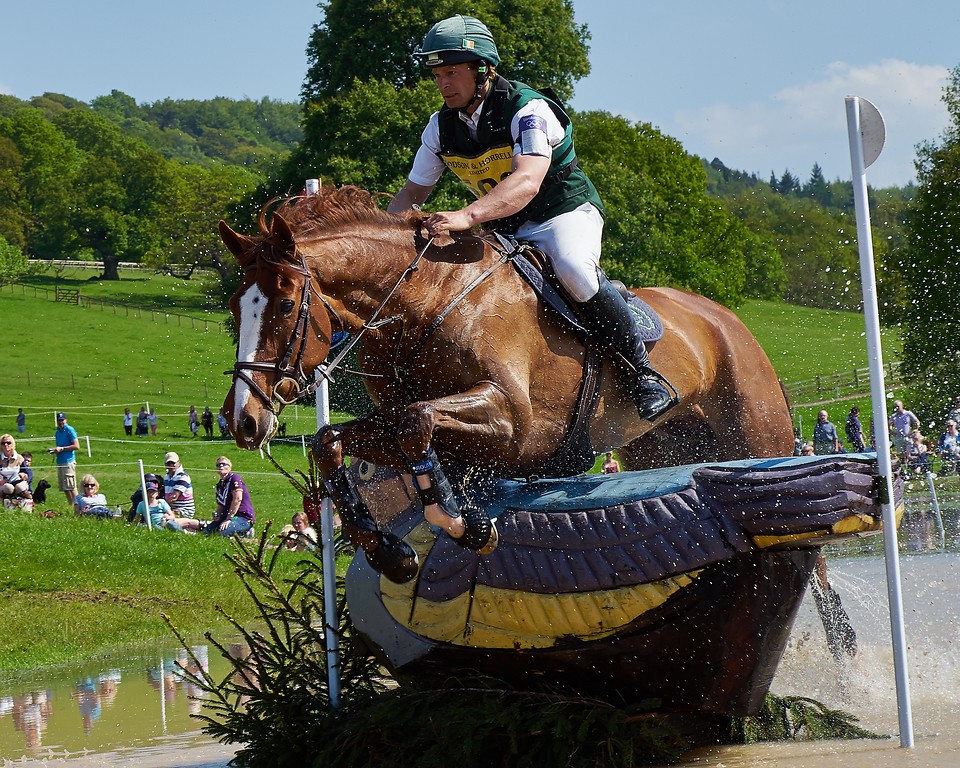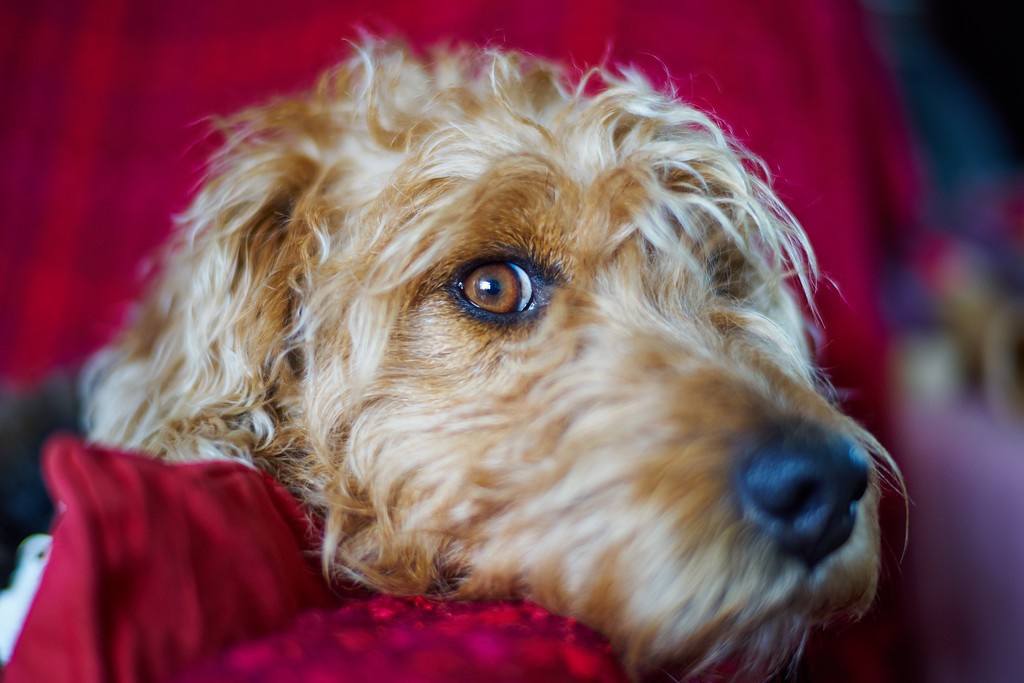EOSfotografie
TPF Noob!
- Joined
- Aug 27, 2012
- Messages
- 28
- Reaction score
- 3
- Location
- Netherlands
- Can others edit my Photos
- Photos NOT OK to edit
I used the Sony NEX 5 6 and 7 and still have a 3n. I did can not get used by the handeling en menu structure of the Sony. Also had the opportunity to try the 7r. but also dit not like the handeling. Also the service of Sony is in the Netherlands not so good. I had some bad experience with them. Sony has also not that much good native glass. When wanting good class you have to look had the zeis.
Also did test the Canon M. But this feels like a toy and not in balance with the lenses. Canon as missed the boat so far.
Also use a Fujifilm X Pro1 and X T1 and like these camera the most. After using the X T1 for a few months I decided to sell the Canon set. (5D3 24-70 II 70-200 II etc) Fujifilm has a very nice lineup of high quality glass. Like the 56mm is a very good fast prime
Also did test the Canon M. But this feels like a toy and not in balance with the lenses. Canon as missed the boat so far.
Also use a Fujifilm X Pro1 and X T1 and like these camera the most. After using the X T1 for a few months I decided to sell the Canon set. (5D3 24-70 II 70-200 II etc) Fujifilm has a very nice lineup of high quality glass. Like the 56mm is a very good fast prime














